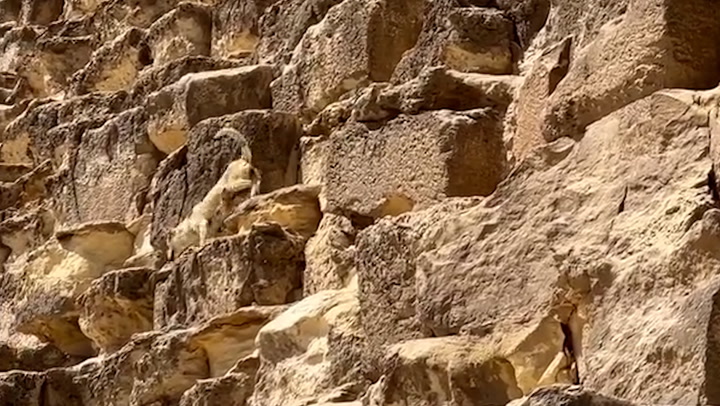Cairo, Egypt – A controversial new claim by a biblical historian is stirring debate among archaeologists and theologians alike: the oldest known written reference to Moses may be inscribed on the walls of an ancient Egyptian mining site.
The researcher, who has been studying inscriptions in the Sinai Peninsula, argues that hieroglyphic carvings at a long-abandoned turquoise mine contain linguistic patterns and references that could align with the biblical figure of Moses. According to the study, the markings appear to date back more than 3,000 years, potentially predating other known textual references to the prophet.
If verified, the finding could reshape discussions on the historical timeline of the Exodus and Moses’ role in biblical history. Scholars, however, remain cautious. While some agree the inscriptions warrant further study, others warn that interpreting ancient carvings through a biblical lens risks projecting modern narratives onto undeciphered texts.
“This is an extraordinary claim that requires extraordinary evidence,” said Dr. Leila Hassan, an Egyptologist at Cairo University. “We must carefully separate religious tradition from archaeological interpretation.”
The Sinai mines, rich in turquoise and copper, were vital to Egypt’s New Kingdom economy and often staffed with workers from diverse regions. Researchers believe these cultural intersections could explain linguistic traces that seem unusual for traditional Egyptian texts.
Though far from conclusive, the claim highlights how the deserts of Sinai continue to offer tantalizing clues about ancient history. For now, the possibility that Moses’ name might be carved into stone deep in an Egyptian mine remains both a thrilling prospect and a subject of scholarly skepticism.
